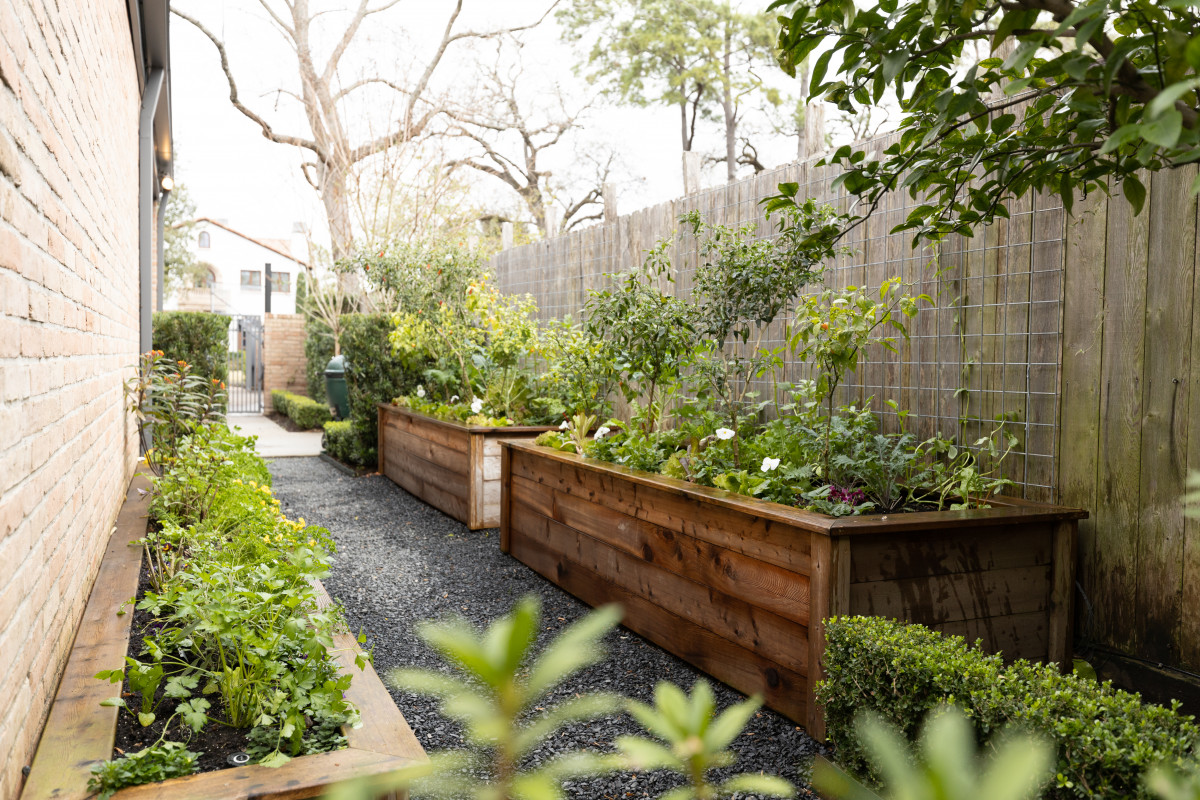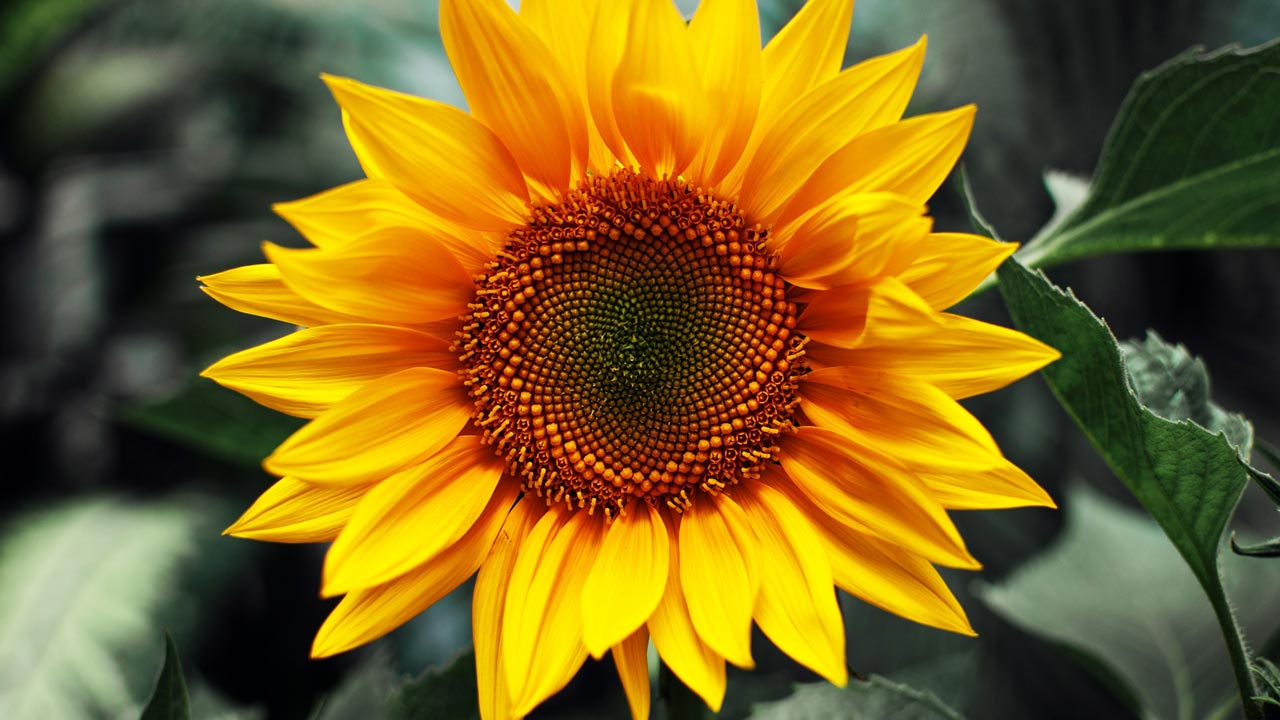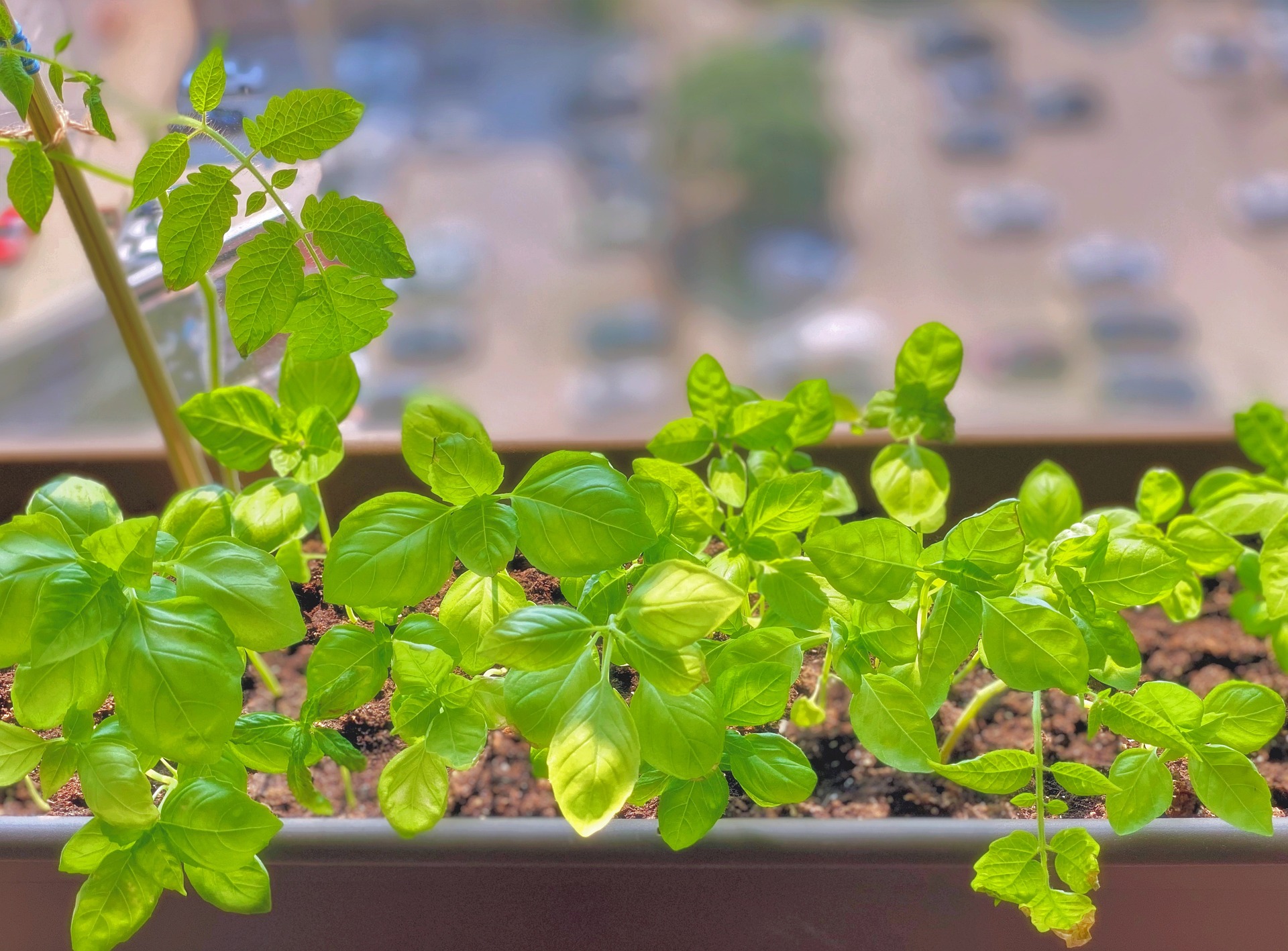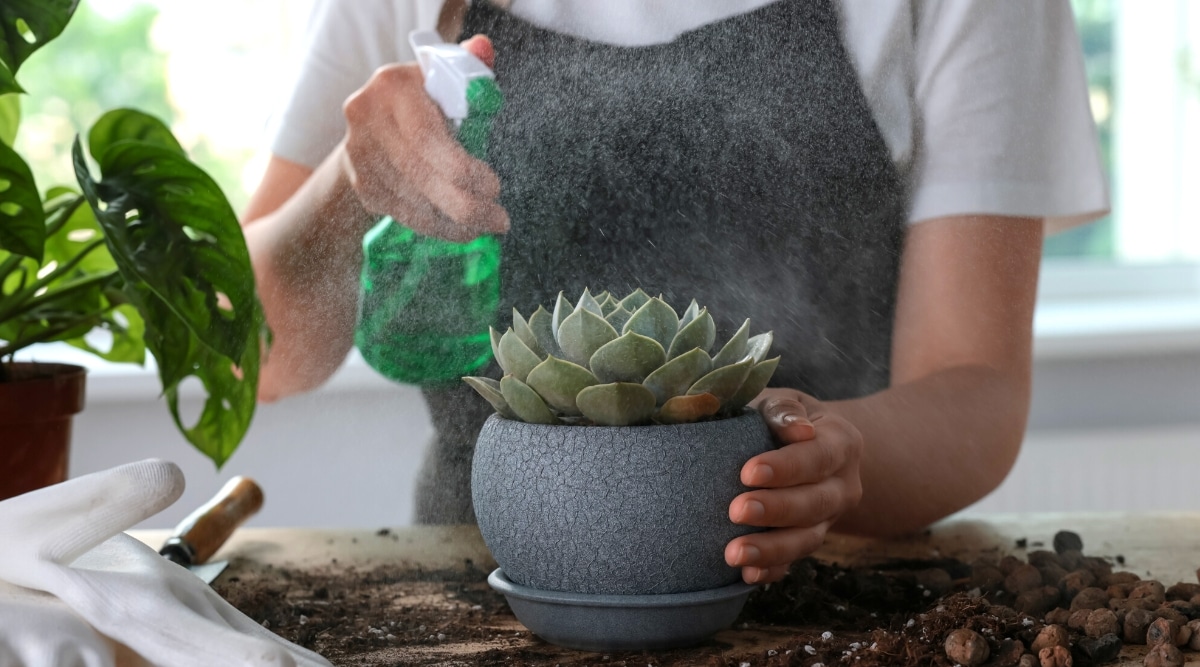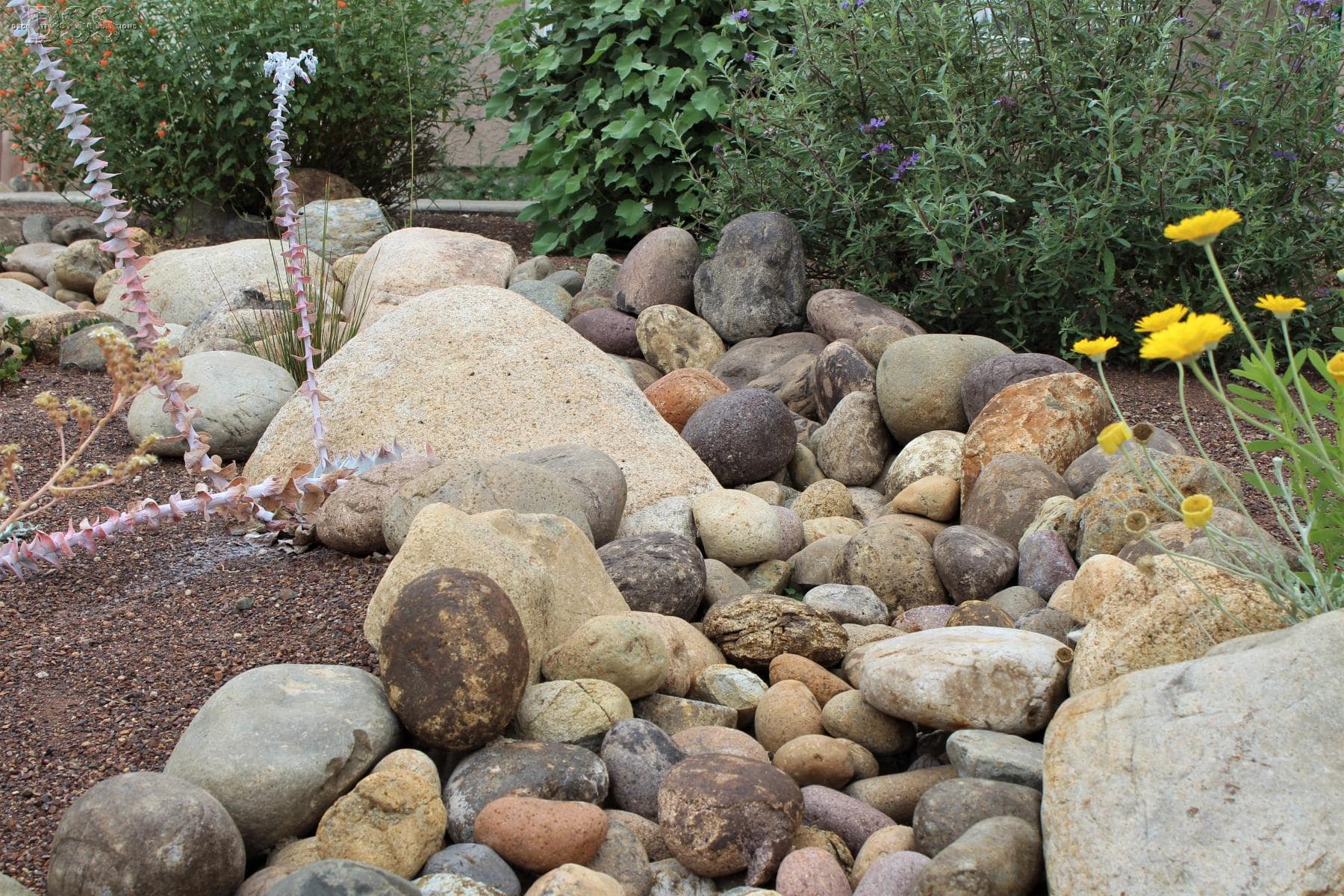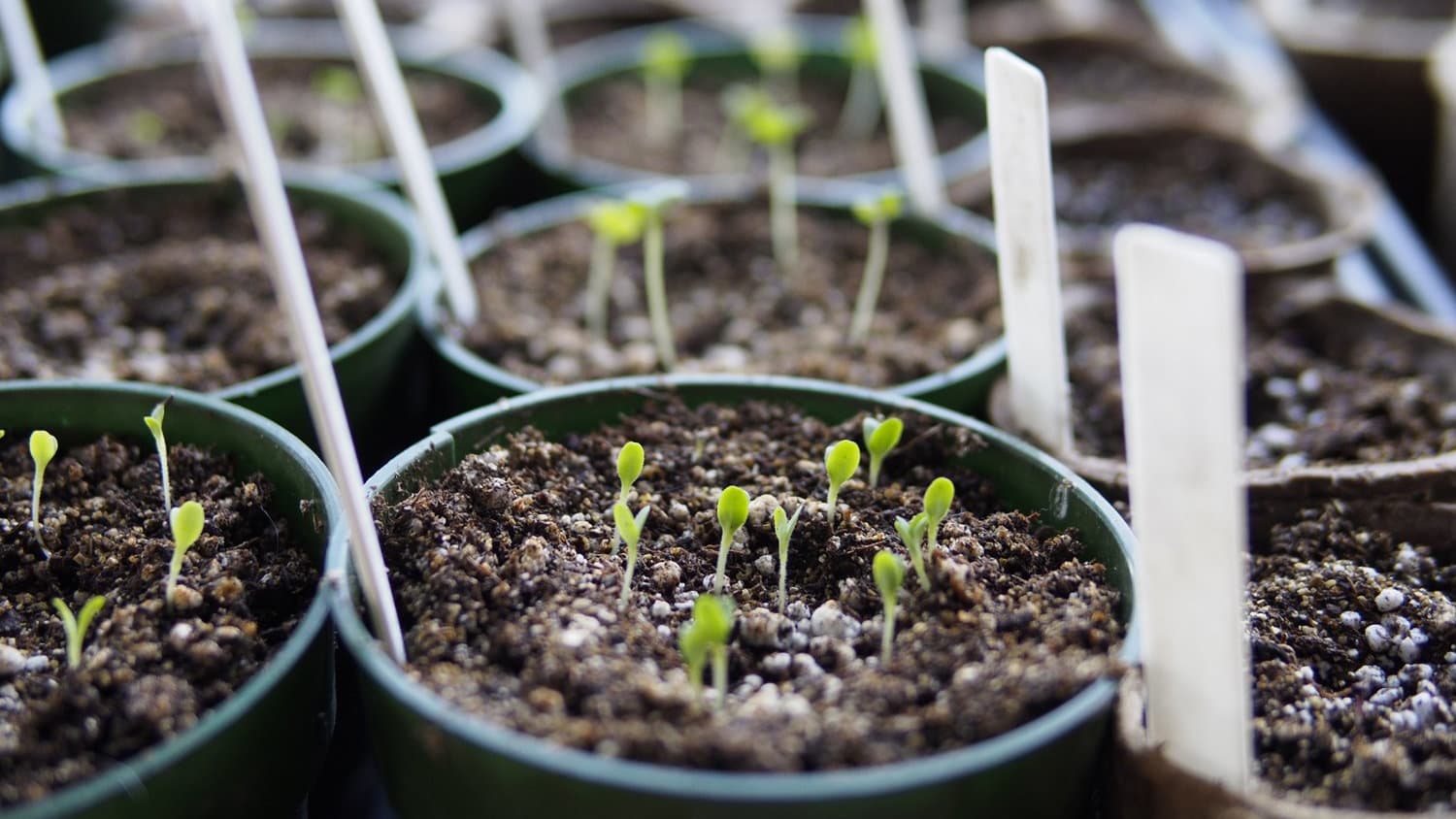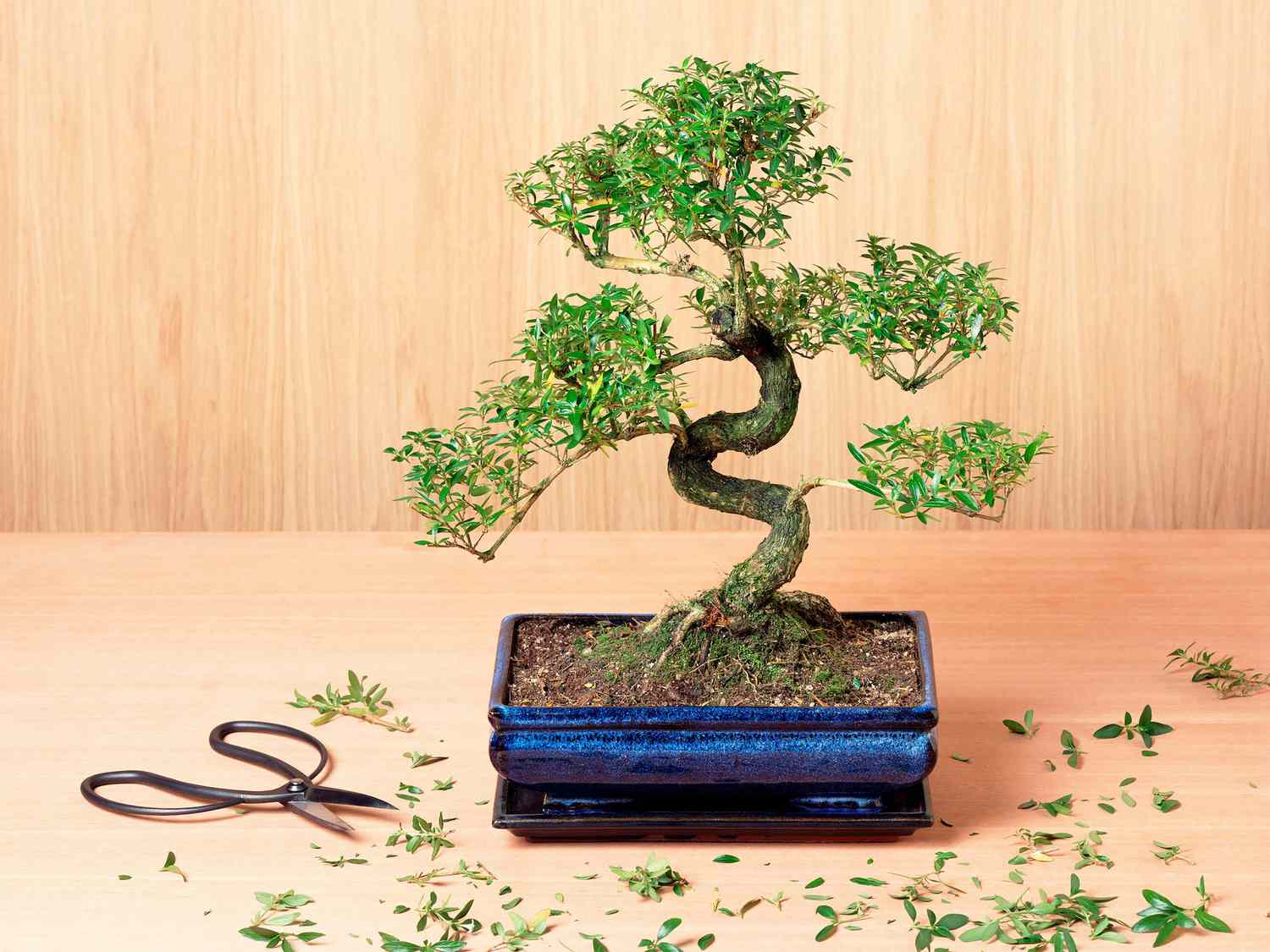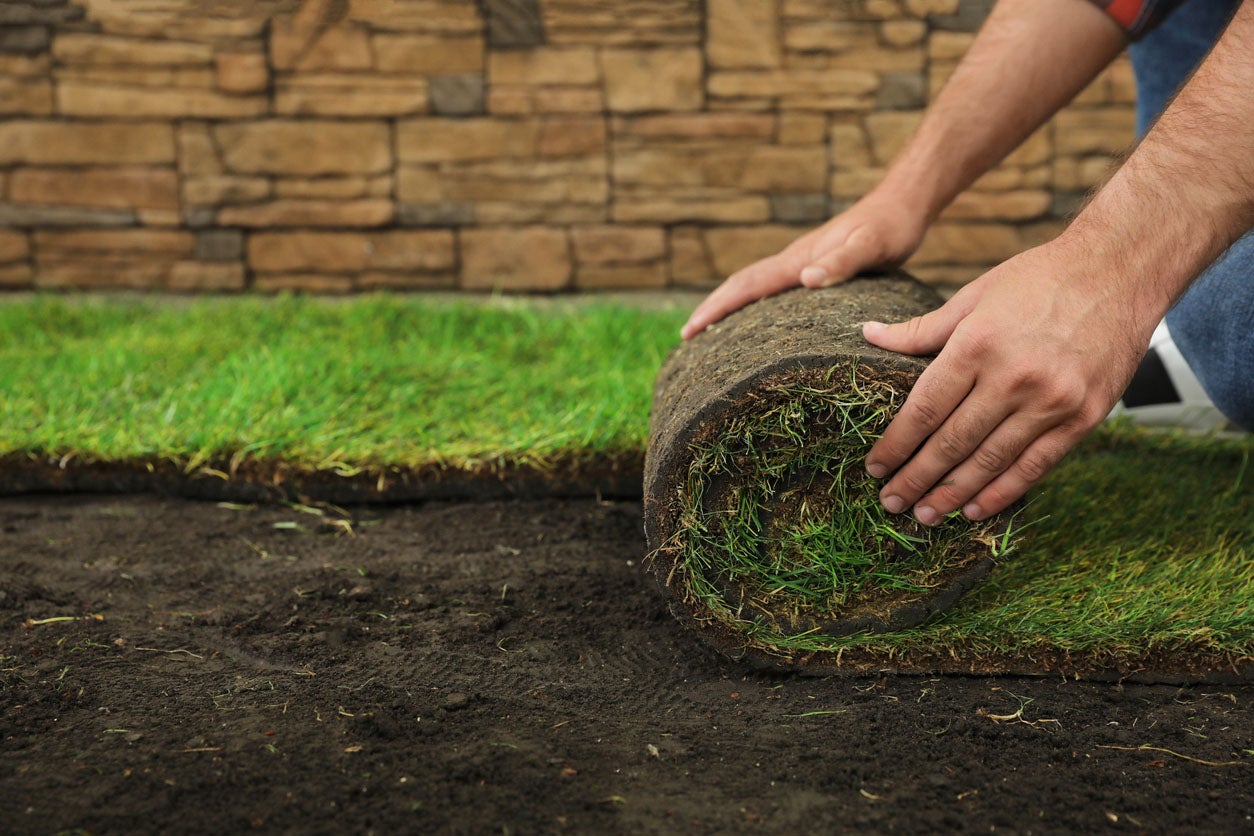Home>Types of Gardening>Ornamental Gardening>How Much Light Do Bonsai Trees Need


Ornamental Gardening
How Much Light Do Bonsai Trees Need
Modified: January 22, 2024
Discover the optimal light requirements for bonsai trees in your ornamental gardening journey. Learn how to provide the perfect levels of sunlight for healthy and thriving bonsai plants.
(Many of the links in this article redirect to a specific reviewed product. Your purchase of these products through affiliate links helps to generate commission for Chicagolandgardening.com, at no extra cost. Learn more)
Table of Contents
Introduction
Welcome to the fascinating world of ornamental gardening and the art of bonsai trees. Bonsai, a traditional Japanese art form, has captivated gardening enthusiasts around the world for centuries. These miniature trees are meticulously crafted to resemble their full-sized counterparts, creating a harmonious blend of nature, beauty, and craftsmanship.
One key aspect of maintaining healthy bonsai trees is providing them with the right amount of light. Light is essential for the photosynthesis process, which enables plants to convert sunlight into energy and grow. Understanding how much light bonsai trees need and how to provide it is crucial for their overall well-being and growth.
But determining the optimal lighting conditions for bonsai trees can be a bit complex. Each species has its own light requirements, and factors such as climate, time of year, and location can affect the amount of light available. Additionally, finding the right balance between too much and too little light is essential to avoid damaging the delicate foliage and roots.
In this article, we will delve into the various factors that can affect the light needs of bonsai trees. We will explore the different types of light, how to assess your bonsai’s current light conditions, and provide practical tips on finding the optimal balance to ensure the health and vigor of your bonsai trees.
So, whether you are a bonsai enthusiast looking to expand your knowledge or a newcomer to the art of miniature trees, join us as we explore the fascinating world of bonsai tree light requirements.
Understanding Bonsai Trees
Bonsai trees are not simply miniature versions of regular trees; they are a result of meticulous cultivation and pruning techniques that create a harmonious balance between tree and pot. The art of bonsai involves recreating nature in a confined space, capturing the essence and beauty of trees in miniature form.
These miniature trees are carefully shaped and trained over many years to mimic the appearance of mature, full-sized trees found in nature. The goal is to create a sense of age, grace, and natural beauty in a small, compact form.
Bonsai trees are not limited to any particular species; almost any tree or shrub can be grown as a bonsai, provided it is suitable for the local climate. However, some species are more commonly used due to their size, growth patterns, and adaptability to bonsai techniques.
When it comes to light requirements, it is important to note that different species of bonsai trees have varying needs. Some trees prefer bright, direct sunlight, while others thrive in partially shaded areas. Understanding the specific light requirements of your bonsai tree species is vital for ensuring its health and growth.
In addition to light, other factors such as water, temperature, humidity, and soil composition also play crucial roles in the overall well-being of bonsai trees. Ensuring the right balance of these elements is essential for the long-term health and vitality of your bonsai.
By understanding the unique characteristics and needs of your bonsai tree, you can provide the necessary care and create an environment that promotes its growth and development. As you embark on your bonsai journey, remember that patience, observation, and a deep appreciation for the beauty of nature are essential qualities for successful bonsai cultivation.
Factors Affecting the Light Needs of Bonsai Trees
Several factors can influence the light needs of bonsai trees. Understanding these factors will help you provide the appropriate lighting conditions for your miniature trees:
1. Species: Different bonsai tree species have varying light requirements. Some trees, such as junipers and pines, thrive in full sun, while others, like azaleas and maples, prefer partially shaded areas. Research the specific light preferences of your tree species to ensure you meet its needs.
2. Climate: The climate of your area plays a significant role in determining the amount of light your bonsai trees receive. Trees in warmer climates may require more shade to protect them from scorching sunlight, while trees in cooler regions may benefit from more direct sunlight to encourage growth and development.
3. Time of Year: The changing seasons impact the amount and intensity of sunlight that reaches your bonsai trees. In the spring and summer, when the days are longer and the sun is higher in the sky, bonsai trees generally require more sunlight for optimal growth. Conversely, during the fall and winter months, when daylight hours decrease, they may need less intense light.
4. Location: The location of your bonsai trees within your garden or home can affect their light exposure. Placing them near buildings, tall trees, or other objects may create shadows and reduce the amount of sunlight they receive. Choose a location that offers the right balance of light and shade throughout the day.
5. Orientation: The orientation of your bonsai trees also influences their light needs. Trees positioned facing south or west receive more direct sunlight, while those facing north or east receive less intense light. Consider the orientation of your trees when determining their light requirements.
6. Seasonal Adjustments: As the seasons change, you may need to adjust the light exposure for your bonsai trees. In the summer, you may need to provide partial shade during the hottest parts of the day to prevent leaf scorch. During winter, move indoor bonsai trees closer to windows to ensure they receive sufficient light.
By considering these factors, you can provide the optimal light conditions for your bonsai trees, promoting their overall health and well-being. Remember to regularly observe the growth and response of your trees to ensure they are receiving the right amount of light for their specific needs.
Assessing Light Conditions for Bonsai Trees
Assessing the light conditions for your bonsai trees is crucial in determining if they are receiving the appropriate amount and quality of light. Here are some methods to help you assess the light conditions:
1. Observe the Light Intensity: Spend time observing the intensity of the light in the area where your bonsai trees are located. Is it bright and direct, or more filtered and shaded? Note any patterns of sunlight throughout the day to understand how long your trees are exposed to light.
2. Check for Hotspots: Look for areas in your garden or home where sunlight may be more intense, creating hotspots. These spots can cause leaf burn or dehydration. Move your trees away from these areas or provide some shade during the hottest parts of the day.
3. Consider the Shadows: Observe the shadows cast by nearby objects or structures. Are there large shadows that cover your bonsai trees for a significant part of the day? If so, it may indicate that your trees are not receiving enough light. Adjust their location or prune surrounding foliage to allow more light to reach them.
4. Use a Light Meter: Light meters are handy devices that measure the quantity and quality of light. They provide accurate readings that can help determine if your bonsai trees are receiving the appropriate light levels. Place the light meter near your trees and follow the manufacturer’s instructions to interpret the readings.
5. Refer to the Plant Tag or Guide: When you purchase a bonsai tree, it often comes with a plant tag or guide that provides specific care instructions, including preferred light conditions. Refer to these resources to understand the light requirements of your tree species and make adjustments accordingly.
6. Monitor Tree Growth and Health: Keep a close eye on the growth and overall health of your bonsai trees. Pale or yellowing leaves, weak growth, or sparse foliage may indicate insufficient light. Conversely, if the leaves appear scorched or wilted, it could mean they are receiving too much direct sunlight.
By assessing the light conditions surrounding your bonsai trees, you can make informed decisions on how to achieve the ideal lighting for their optimal growth and health. Regular monitoring and adjustments will help ensure a harmonious balance between light and shade, allowing your bonsai trees to thrive in their miniature ecosystem.
Types of Light for Bonsai Trees
The type of light that your bonsai trees receive plays a crucial role in their growth and development. Different types of light have varying qualities and wavelengths that affect plant metabolism, photosynthesis, and overall health. Here are the primary types of light to consider:
1. Direct Sunlight: Direct sunlight refers to the light directly emitted by the sun. It is the most intense and provides the full spectrum of light, including all colors and wavelengths. Many bonsai trees, especially those that are sun-loving, thrive in direct sunlight for a certain portion of the day. However, it is essential to monitor exposure to prevent leaf scorch and dehydration.
2. Indirect or Filtered Sunlight: Indirect or filtered sunlight refers to the light that is partially blocked or diffused by objects such as trees, buildings, or window coverings. This type of light is gentler and less intense than direct sunlight. Some bonsai tree species prefer this type of light, especially those that naturally grow under the canopy of larger trees in their native habitats.
3. Artificial Light: Artificial light sources, such as fluorescent, LED, or grow lights, can be used to supplement or replace natural sunlight for indoor bonsai trees. These lights are designed to emit specific wavelengths of light that promote plant growth. LED lights, in particular, are highly efficient and adjustable, allowing you to tailor the light spectrum to match the needs of your bonsai trees.
4. Shade: While not a type of light, shade refers to areas that receive very little or no direct sunlight. Some shade-loving bonsai trees, such as certain species of maple or azalea, require limited exposure to direct sunlight and thrive in partially shaded areas. Providing shade can help protect sensitive foliage from intense sunlight and prevent leaf burn.
5. Morning or Evening Sun: Morning and evening sunlight tends to be softer and less intense than midday sun. Bonsai trees that enjoy morning or evening sun exposure may benefit from being positioned in locations where they receive this gentle, indirect light. It provides a balance between the benefits of direct and filtered sunlight, allowing for healthy growth.
Understanding the different types of light and how they impact your bonsai trees will help you create the ideal lighting conditions for their specific needs. Remember to consider the unique requirements of your tree species, monitor their response to light, and make necessary adjustments to ensure their health and vitality. With the right balance of light, your bonsai trees will thrive and bring beauty and tranquility to your space.
Finding the Right Balance of Light for Bonsai Trees
Finding the perfect balance of light for your bonsai trees is crucial to their overall health and well-being. It involves understanding the specific light requirements of your tree species, considering environmental factors, and making informed adjustments. Here are some tips to help you find the right balance of light:
1. Research your Bonsai Species: Different bonsai tree species have varying light needs. Research the specific light requirements of your tree species, including the ideal amount of direct sunlight or shade they require for optimal growth. This knowledge will guide you in providing the right lighting conditions.
2. Observe and Monitor: Regularly observe your bonsai trees and monitor how they respond to the current lighting conditions. Look for signs of healthy growth, such as vibrant leaves and sturdy branches. Conversely, watch for signs of stress, such as pale or yellowing leaves, weak growth, or scorch marks. Adjust the lighting accordingly based on these observations.
3. Adjust Placement: Depending on your bonsai tree’s light needs, you may need to adjust its position within your garden or home. For trees that prefer direct sunlight, ensure they receive sufficient exposure by placing them in an open, sunny area. For shade-loving trees, position them in areas that provide partial shade or dappled sunlight.
4. Consider Seasonal Changes: As the seasons change, light conditions naturally fluctuate. Be mindful of these changes and make necessary adjustments to provide the appropriate light levels. During hot summer months, consider providing some shade during the hottest parts of the day to protect your bonsai trees from scorching.
5. Use Shade Cloth or Panels: If your bonsai trees are continuously exposed to intense sunlight, consider using shade cloth or panels to provide protection. These materials help filter the sunlight, reducing its intensity and preventing leaf burn. Place the shade cloth above your trees or create a temporary shade structure to shield them from excessive light.
6. Rotate and Move: If you have indoor bonsai trees, rotate and move them periodically to ensure even light exposure on all sides. This helps prevent uneven growth and encourages balanced development. Place them near windows to take advantage of natural sunlight or supplement with artificial grow lights.
Finding the right balance of light for your bonsai trees may require some experimentation and observation. Remember that each tree is unique, and adjustments may be needed based on individual responses. By understanding the light requirements of your specific species, attentively monitoring their growth, and making necessary adjustments, you can create an optimal lighting environment that supports the health and vitality of your bonsai trees.
Common Mistakes in Providing Light to Bonsai Trees
While providing the right amount of light is essential for the health of your bonsai trees, there are some common mistakes that gardeners make when it comes to lighting. Avoiding these mistakes will help your bonsai trees thrive:
1. Insufficient Light: One of the most common mistakes is not providing enough light for bonsai trees. Some species require direct sunlight for a significant part of the day. Insufficient light can lead to weak growth, sparse foliage, and a weakened immune system, making the bonsai more susceptible to pests and diseases.
2. Excessive Light: On the other hand, exposing bonsai trees to excessive direct sunlight can lead to leaf burn and dehydration. It is important to find the right balance by providing some shade during the hottest parts of the day, especially in warmer climates or during the peak of summer.
3. Improper Placement: Placing bonsai trees in locations that do not match their light requirements is a common mistake. Ensure that your trees are positioned in areas that provide the appropriate amount of light based on their species. Avoid areas with excessive shade or areas where they will be exposed to intense, unfiltered sunlight for extended periods.
4. Failure to Adjust for Seasonal Changes: Light conditions change throughout the year, and failing to adjust for these changes is a common mistake. During the winter months, when daylight hours are shorter, you may need to move your bonsai trees closer to windows or provide additional artificial light to compensate for the reduced sunlight.
5. Ignoring Environmental Factors: Environmental factors such as buildings, trees, or structures can cast shadows that affect the light exposure for your bonsai trees. Ignoring these factors and not considering their impact on light availability can lead to suboptimal lighting conditions. Regularly assess the surroundings and prune any overhanging foliage or adjust the placement of your trees accordingly.
6. Lack of Observation: Failing to observe and monitor the growth and response of your bonsai trees to light conditions is another mistake. Regularly check for any signs of stress or imbalance, such as leaf discoloration or stunted growth. Adjust the lighting as needed based on your observations to ensure your trees are receiving the proper amount and quality of light.
By avoiding these common mistakes and taking the time to understand your bonsai tree’s light requirements, you can provide an optimal lighting environment that promotes their health and growth. Regularly assess and adjust the light conditions as needed, and observe the response of your trees to ensure their overall well-being. With the right approach, your bonsai trees will flourish and bring beauty to your garden or indoor space.
Conclusion
Providing the right amount and quality of light is essential for the health and success of your bonsai trees. Understanding the specific light requirements of your tree species, considering factors such as climate and location, and making careful observations are key to finding the optimal balance of light.
By assessing the light conditions surrounding your bonsai trees, you can make informed adjustments to ensure they receive the appropriate amount of direct sunlight or shade. Regular monitoring of their growth and response to light will help you fine-tune their lighting conditions for optimal health and development.
Avoid common mistakes such as insufficient or excessive light, improper placement, and failure to adapt to seasonal changes. Take into account environmental factors and make necessary adjustments to provide the ideal lighting environment for your bonsai trees.
Remember that every bonsai tree is unique, and it may take some trial and error to find the perfect balance of light. Patience, observation, and a deep understanding of your tree species will guide you in creating an environment that promotes their overall well-being.
By providing the right balance of light, you will witness your bonsai trees thrive and flourish, showcasing their natural beauty and bringing a sense of tranquility and harmony to your garden or indoor space. Embrace the art of bonsai and let the interplay of light and shadow create a living masterpiece in your miniature tree.
